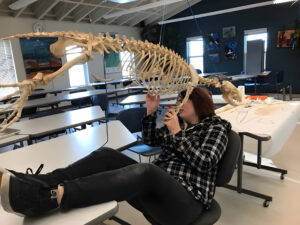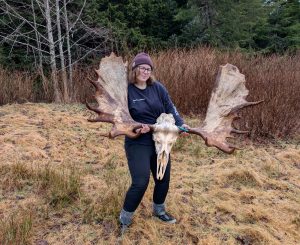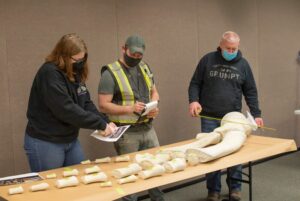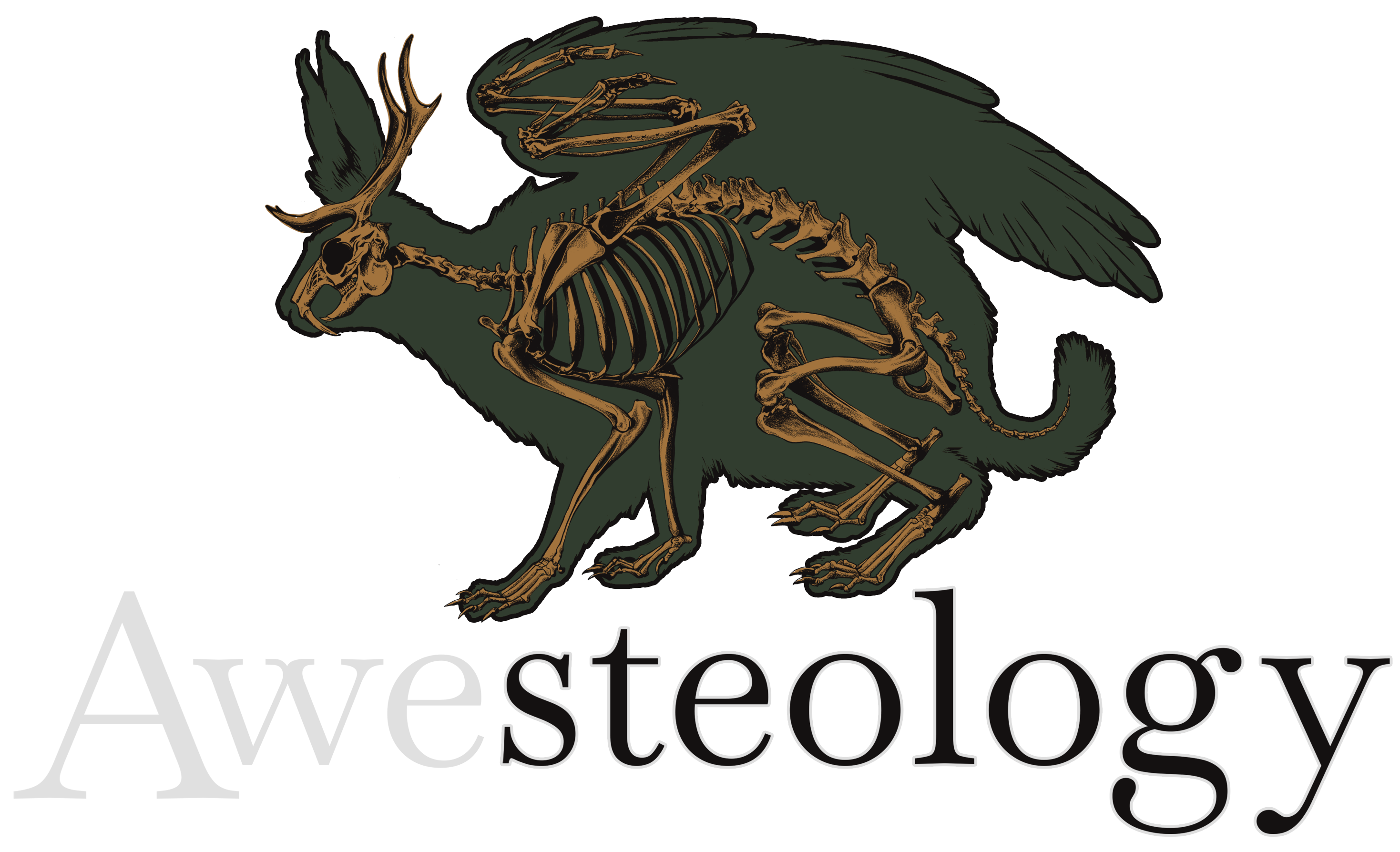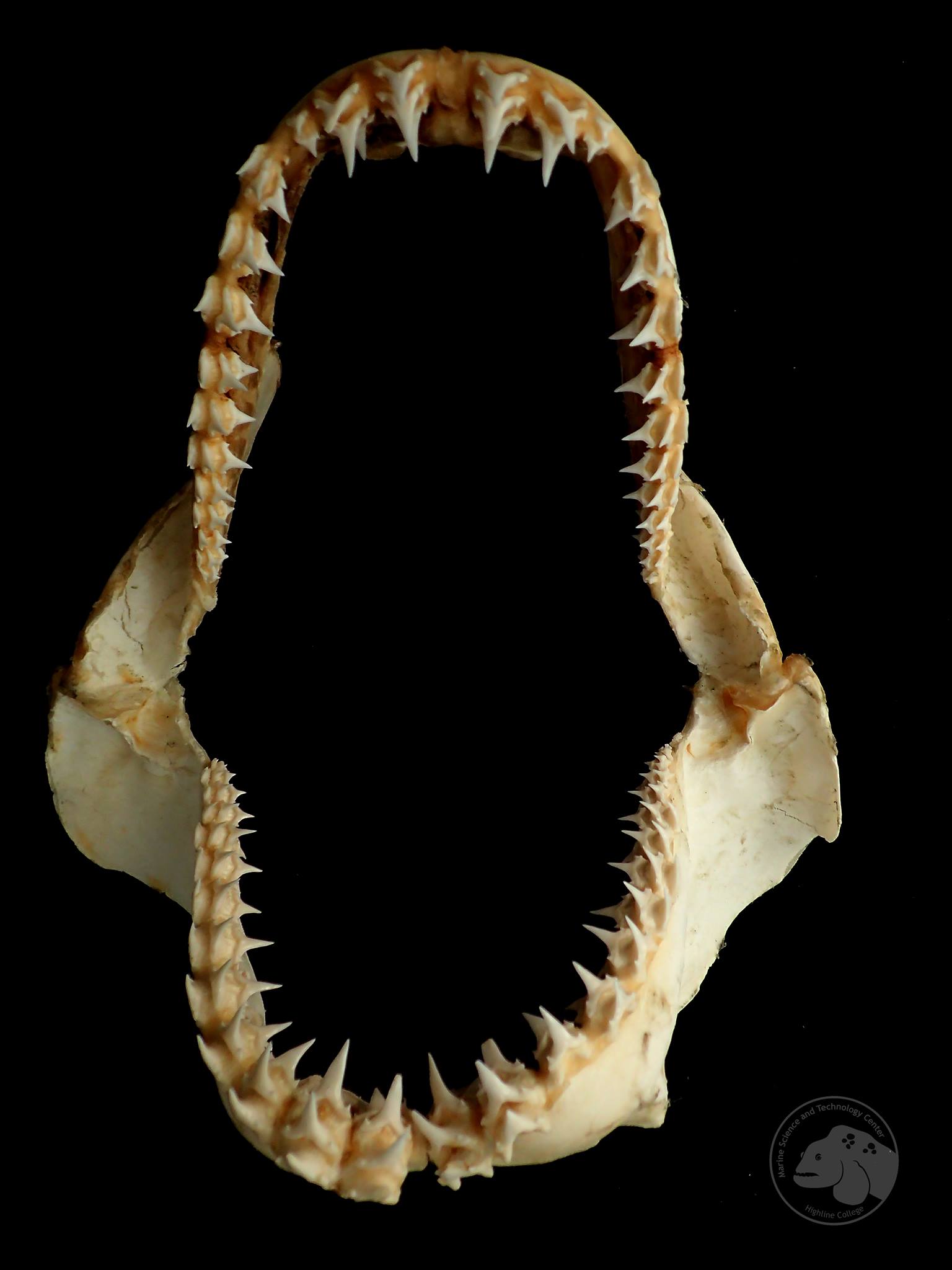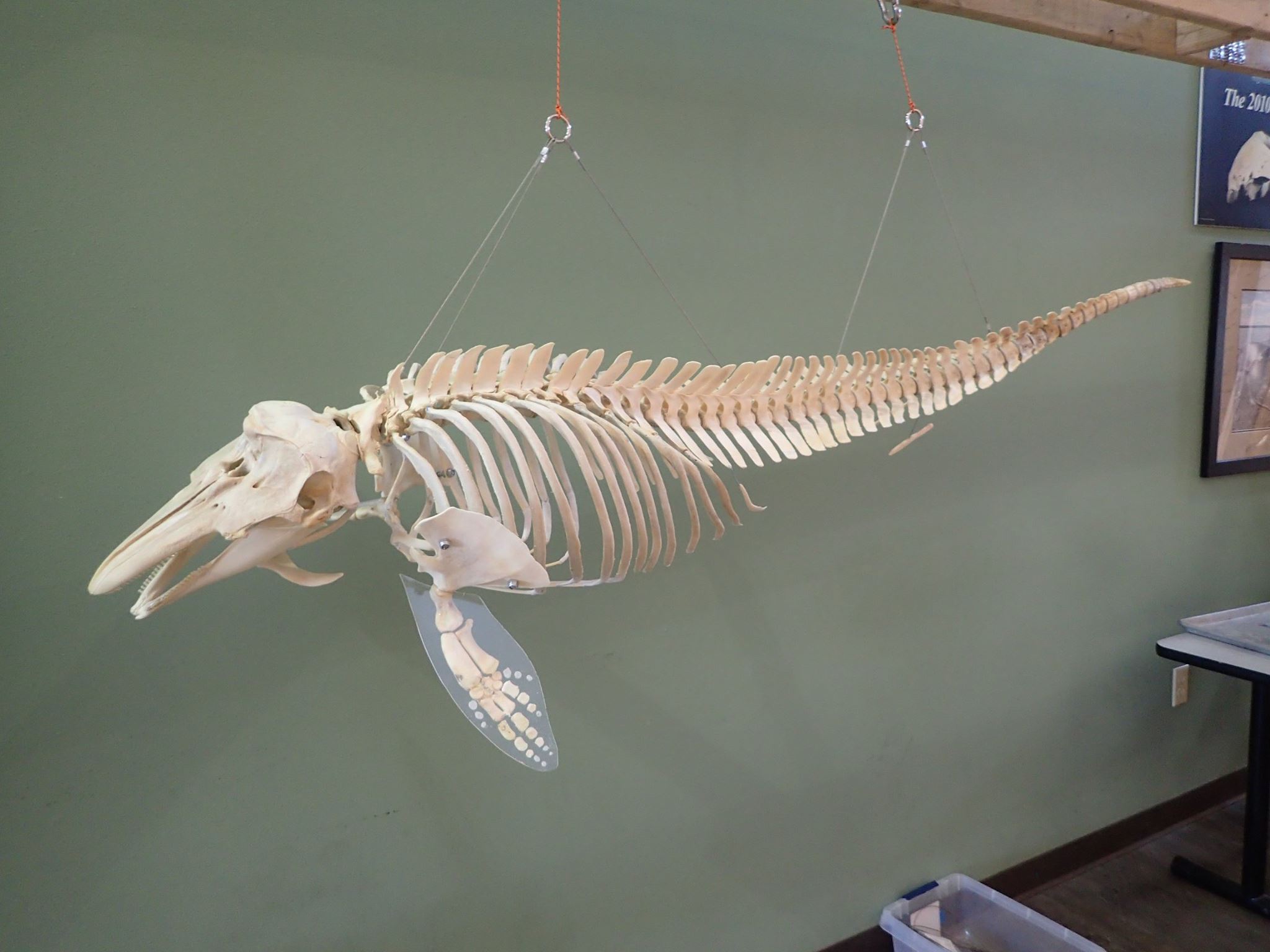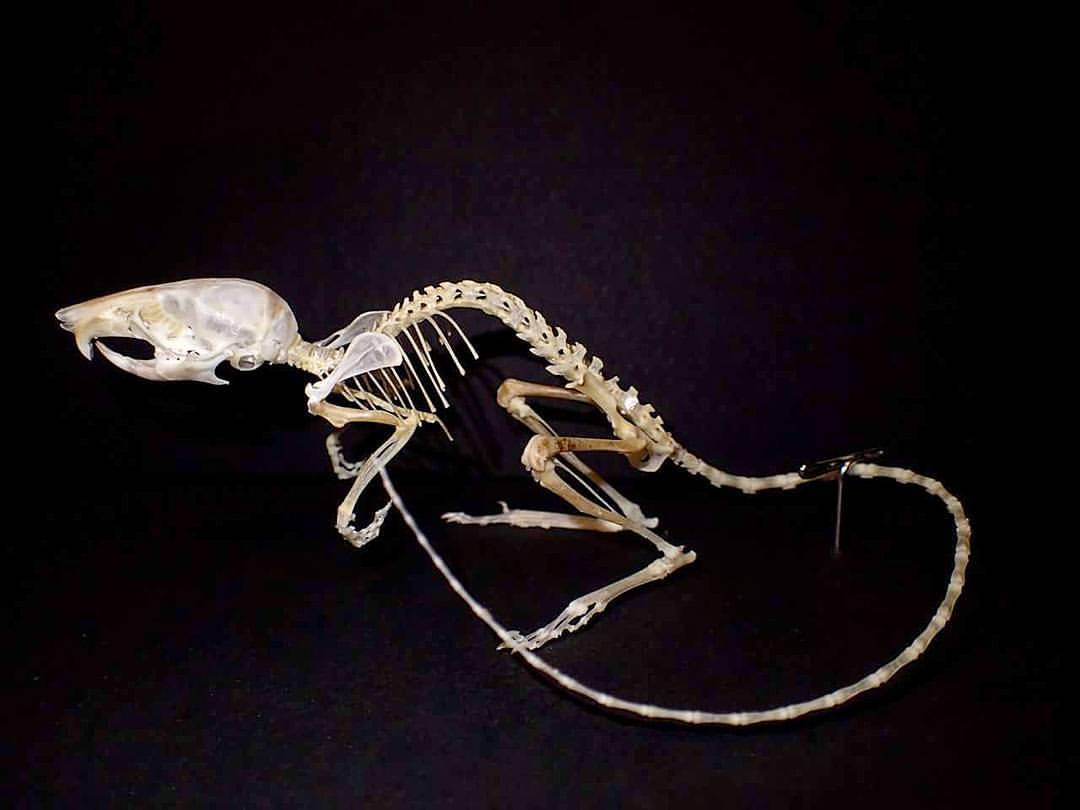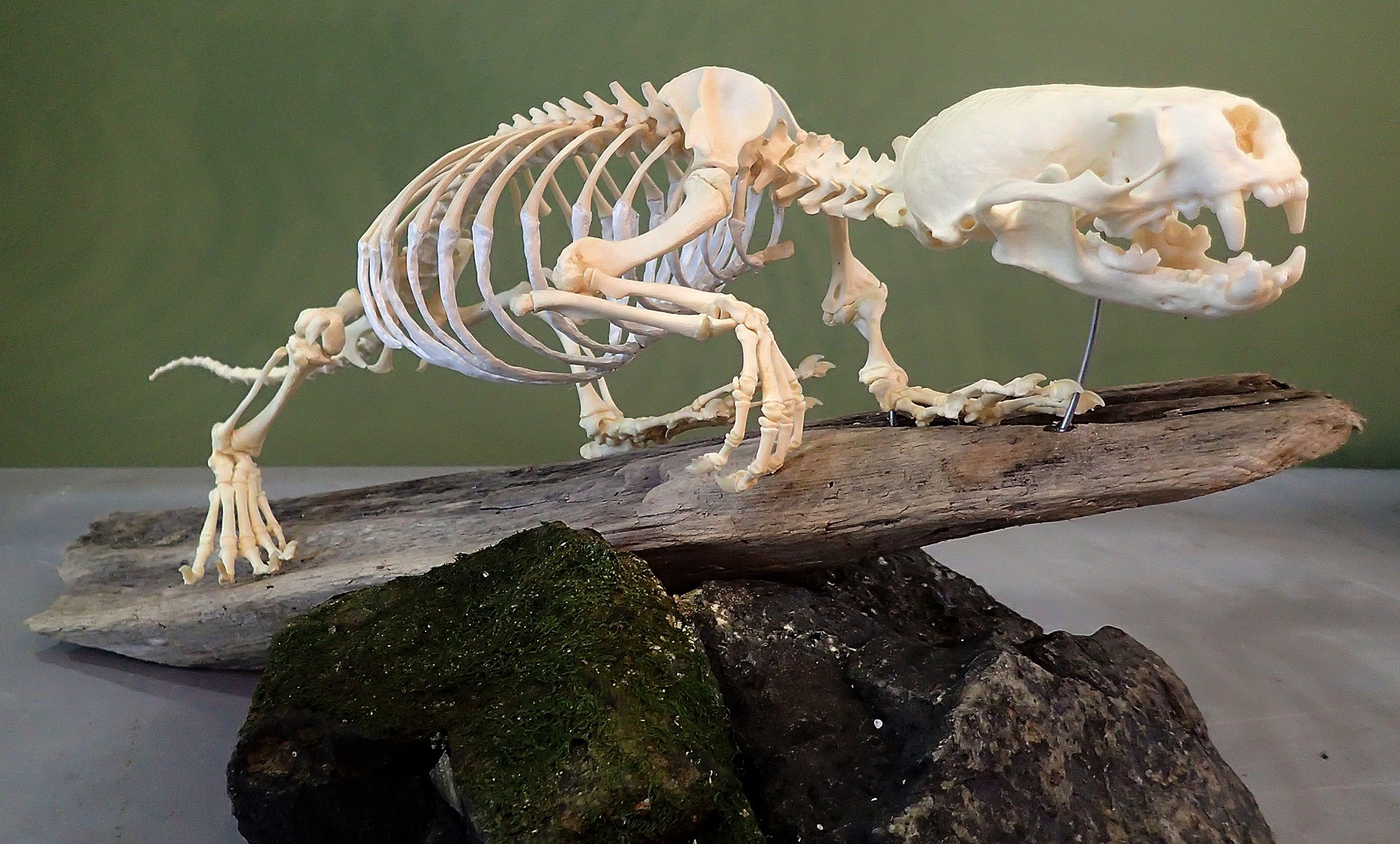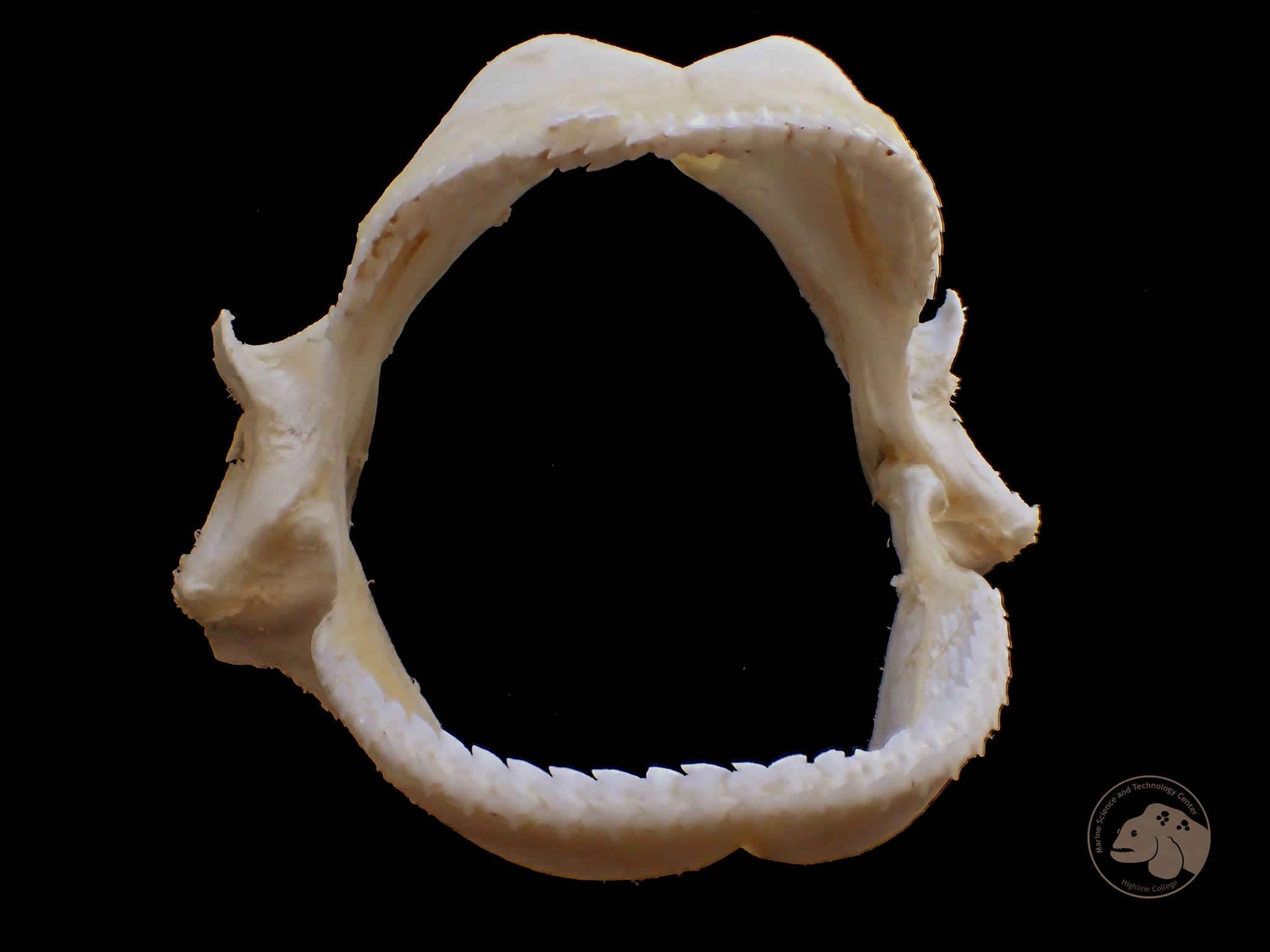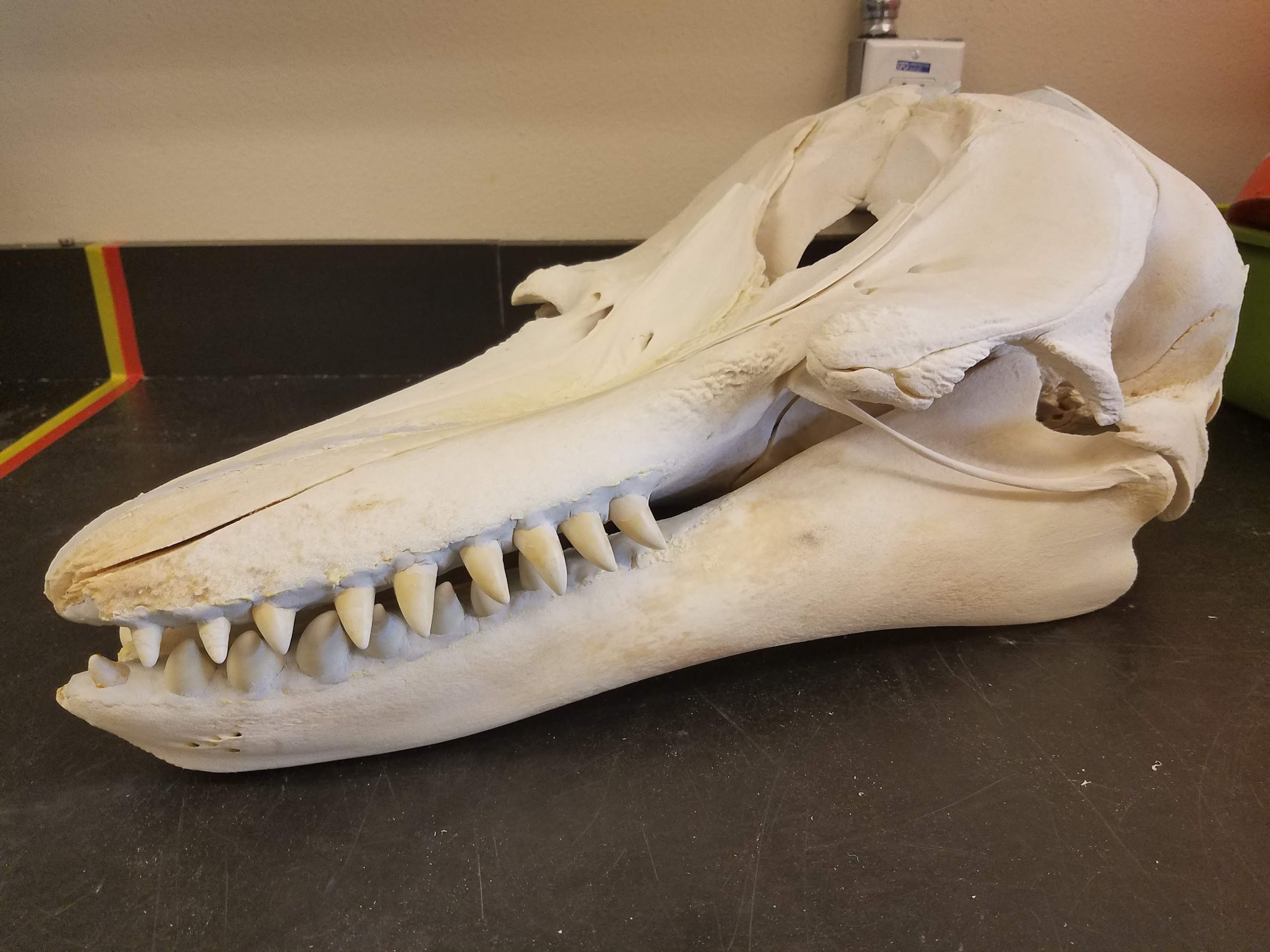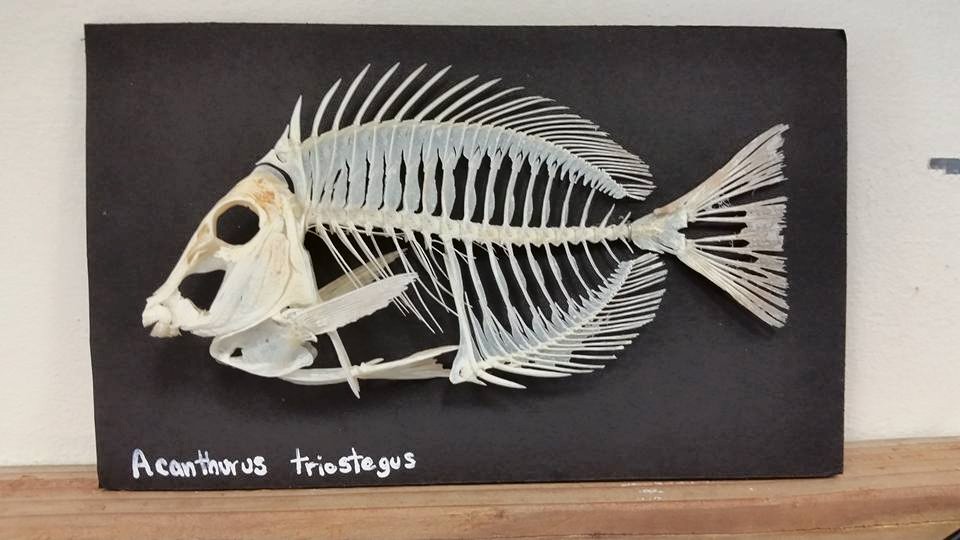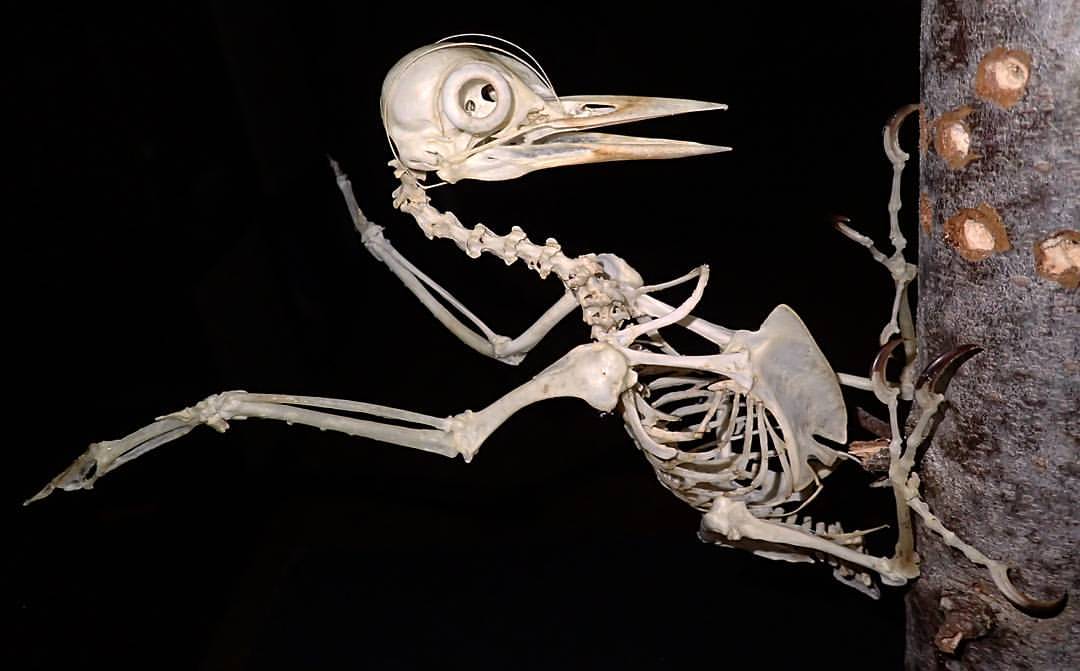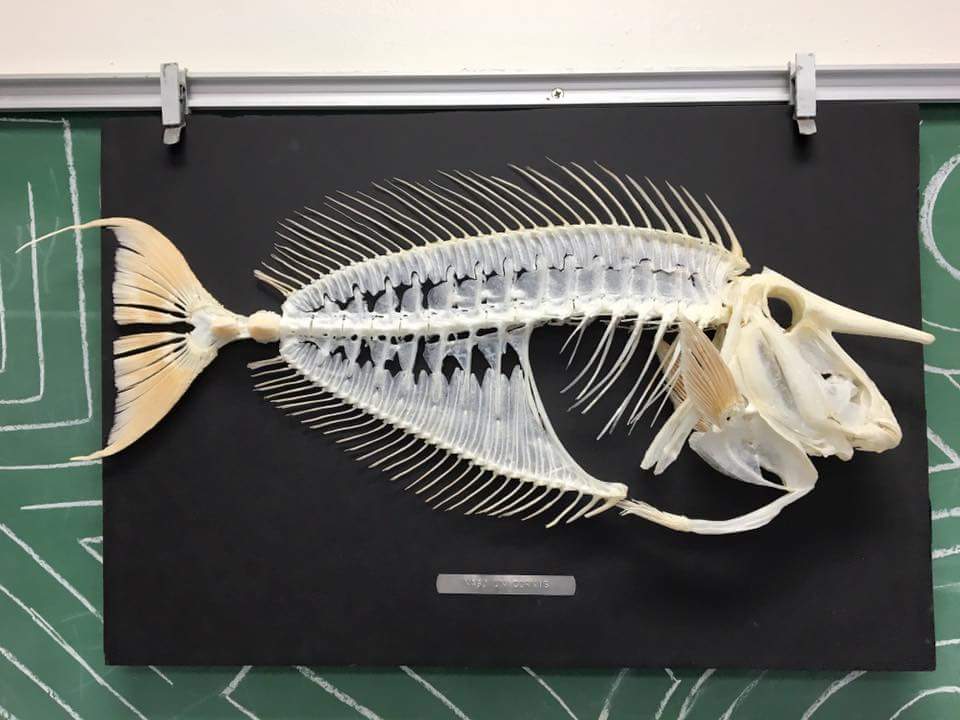Services
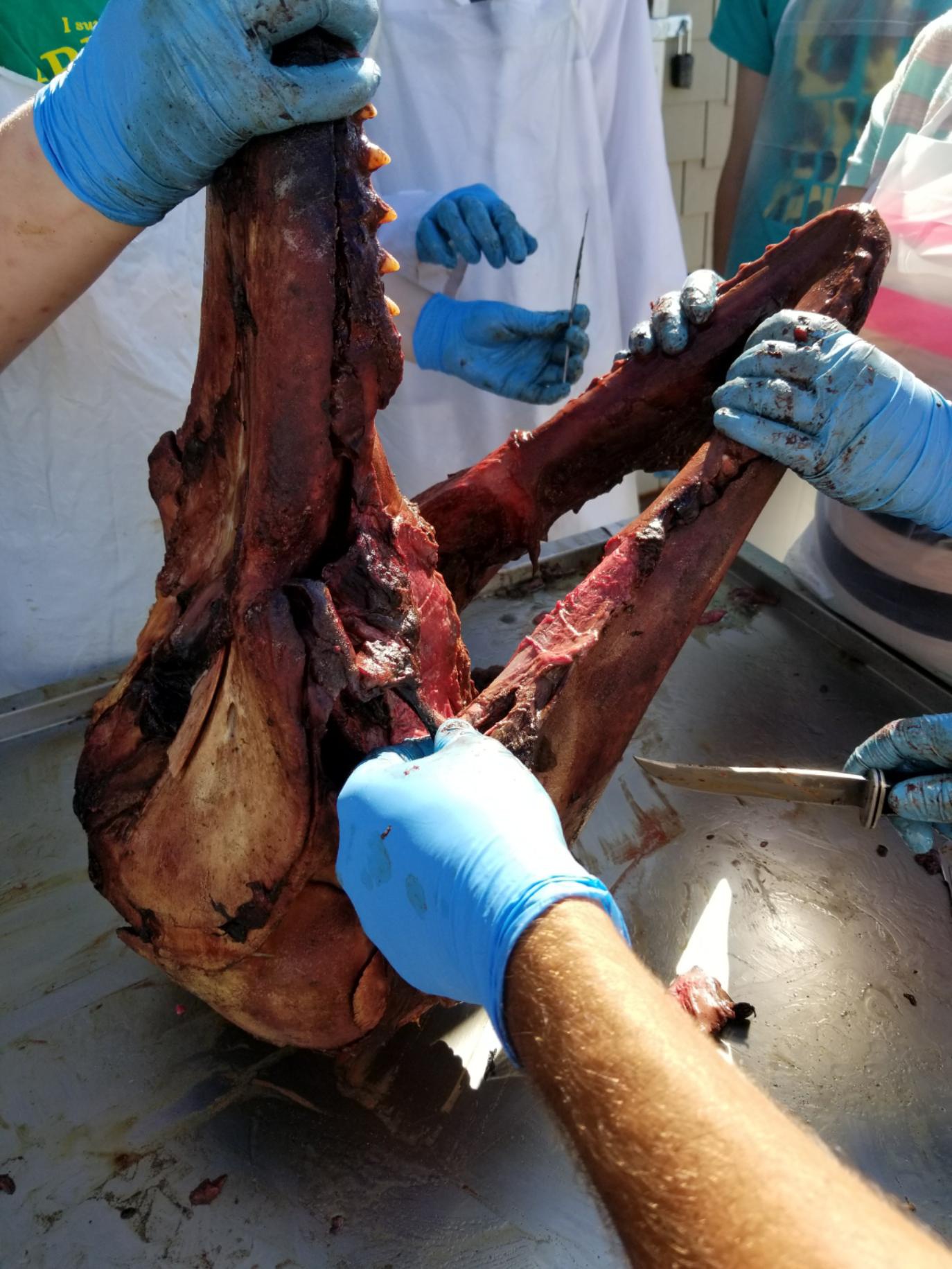
Flensing
The process of removing the organs, skin, and as much flesh as possible is known as flensing. If you don’t feel like getting messy or are squeamish, allow me. Forutunately, with hundreds of hours with a scalpel in hand I am able to avoid marring bone.
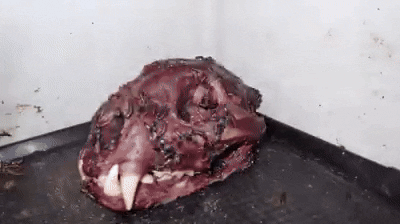
Cleaning
My colony of 50,000 flesh-eating beetles, professionally known as Dermestid beetles, clean away flesh on bones quickly, effectively and most importantly, with minimal damage. There is a reason they are the standard used by museum specialists; with the right experience, they will leave delicate structures intact, a technique called ligamentary articulation. With this skill, you can keep the smallest bones together.
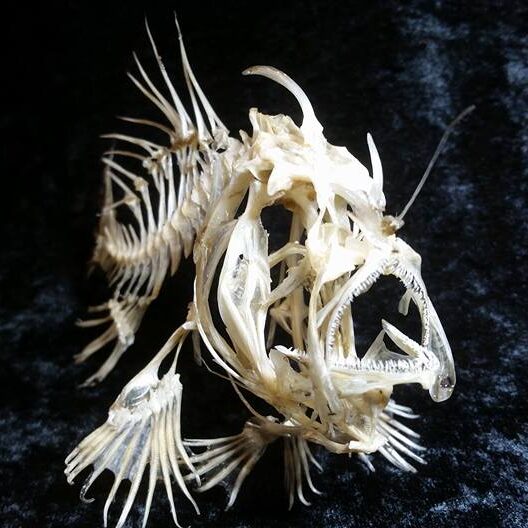
Articulation
What is more dramatic than a whale skelton swimming overhead or the delicate dermal plates of a seahorse? Skeleton articulation is the process of reassembling skeletons into lifelike poses, often for museum display. Depending on the size of the specimen, portions may be secured with archival expoxy and internally reinforced.
Prices
For commonly prepared skulls. For specific questions, please contact me. I am also open to trading for meat!
Click here to jump to the requirements for cleaning.
Blacktail Deer
Goat, Sheep, etc.
Horns require more work to properly preserve and stabilize the keratin sheath.
Bear & Large Carnivores
General Range Estimates
For specific skulls, please contact me for a quote.
Gallery
Click to enlarge
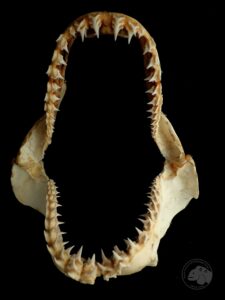
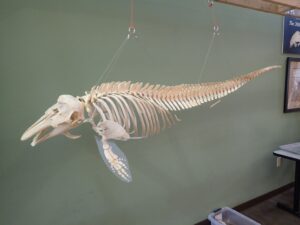
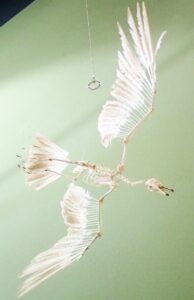
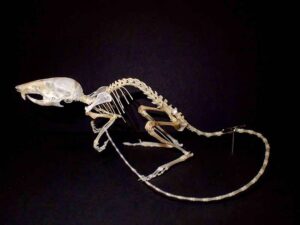
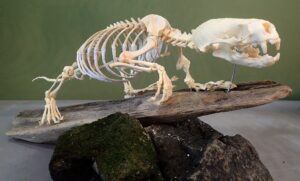
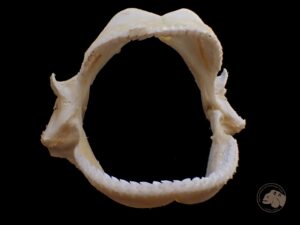
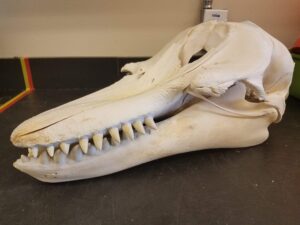
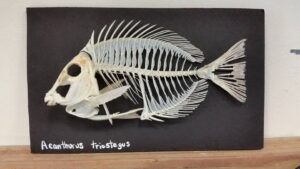
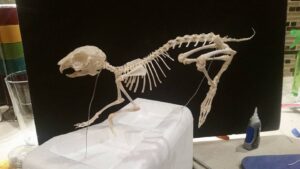
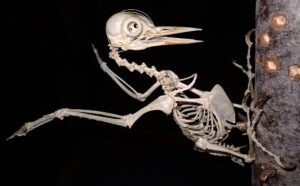
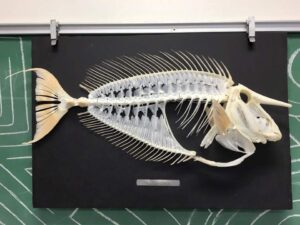
About
I am a licensed taxidermist in Sitka, Alaska with a Master’s in Museology and over a decade of biological specimen preparation, restoration, and management. My skeleton articulation experience includes animals of all taxonomic groupings and sizes. My work can be found at the MaST Center, Point Defiance Zoo & Aquarium, the Burke Museum, and the Brigham Young University Hawai’i Natural History Museum. A few specimens I collected have even worked their way to the Smithsonian.
